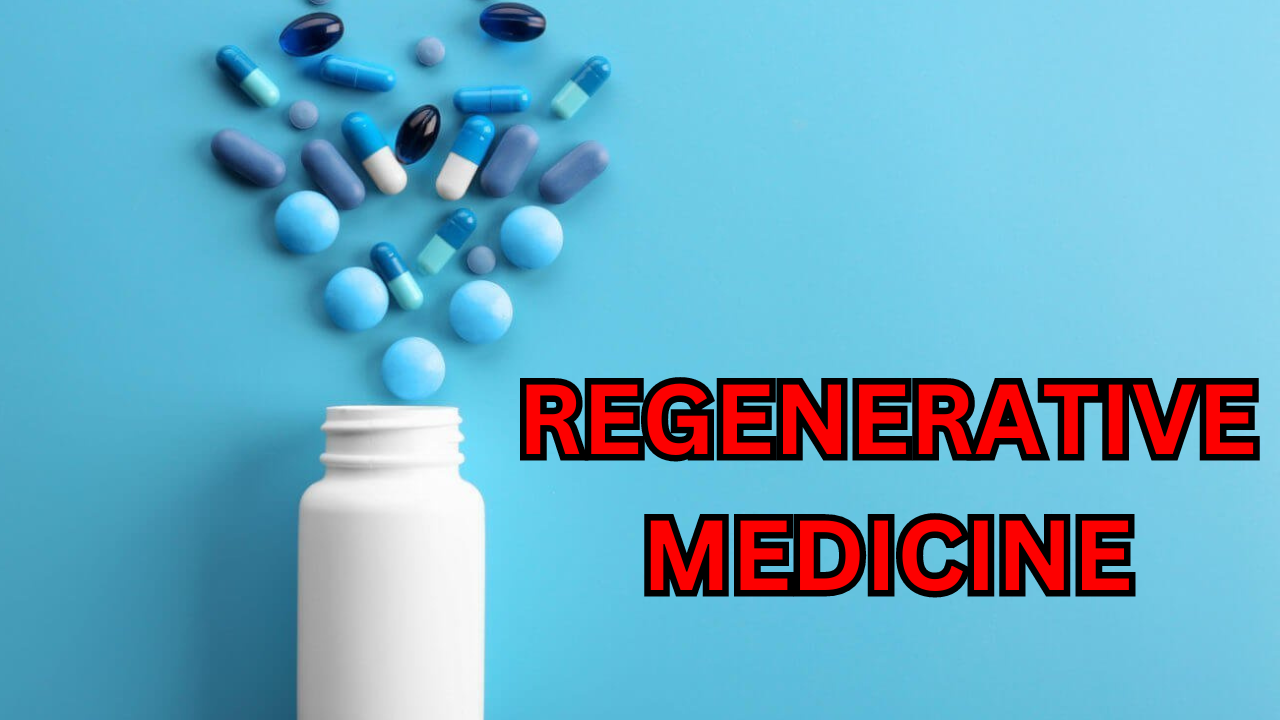
Regenerative medicine is changing healthcare by harnessing the body’s own healing powers to treat a wide range of conditions, from repairing damaged tissues to growing organs in the lab, this cutting-edge field is changing lives in ways we never thought was possible. Imagine a future where diseases are cured, not just managed, and where injuries are healed with precision and speed. With regenerative medicine the possibilities are endless. This article gives an easy guide to understanding how regenerative medicine is making a big difference in people’s lives.
What is Regenerative Medicine?
Regenerative medication is all about assisting the body to heal itself. It makes use of new strategies like stem cell therapy, tissue engineering, and gene modification to repair or replace damaged tissues and organs. Instead of just treating symptoms, it really works to fix the trouble at its source.
How It Works:
Stem Cell Therapy:
Stem cells are unique cells that could turn into different types of cells within the body. Doctors can use stem cells to restore damaged tissues or even grow new ones. For example, if a person has damaged cartilage from arthritis, stem cells may assist restore it.
Tissue Engineering:
Tissue engineering is growing new tissues within the lab that can be used to replace broken ones. Scientists can develop tissues or organs from a patient’s own cells, which helps keep away from issues like rejection. These new tissues can be placed into the patient’s body to help them heal.
Gene Editing:
Gene editing is a way of changing DNA to repair genetic troubles. This can help deal with sicknesses resulting from genetic defects. For example, gene editing is probably used to restore a gene that causes a disorder, potentially curing the condition.
Real-Life Benefits:
Better Movement:
Regenerative medication can help people move better and experience much less pain. For example, people with arthritis would possibly get comfort from stem cell treatments that repair their broken joints, leading to much less pain and better movement.
Saving Lives:
Regenerative medicine can create new tissues or organs, which may be life-saving. If a person’s organ is failing, new lab-grown tissues or organs might be used to replace the broken ones, saving their life.
Faster Healing:
For people with severe injuries or wounds that do not heal, regenerative medicine can accelerate the healing system. Techniques like skin grafts and lab-grown tissues assist wounds to heal quicker and more completely.
Treating Genetic Diseases:
Gene editing can restore genetic troubles that cause diseases. In this manner, people with genetic issues might get new treatments that can help them feel better or even be cured.
The Future of Regenerative Medicine:
Regenerative medicine is still developing, but it holds a lot of promise. As scientists make discoveries, we can also see even better treatments for a huge variety of health problems, from simple accidents to severe diseases.
Conclusion: A New Way to Heal:
Regenerative medicine is changing how we heal and treat sickness. It helps fix or replace damaged body parts, giving people new hope and opportunities. As this area of medicine keeps growing, it could bring even better ways to improve health and make life better.